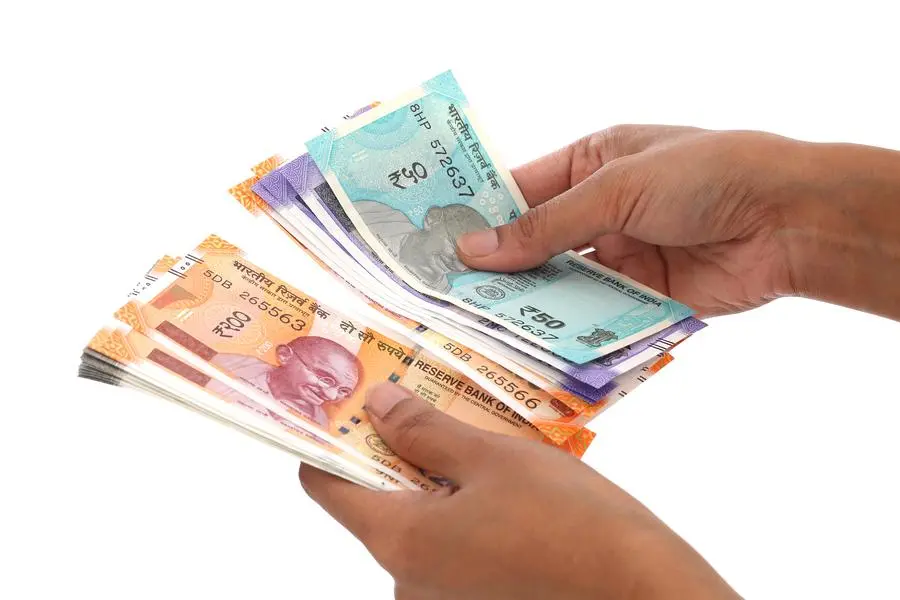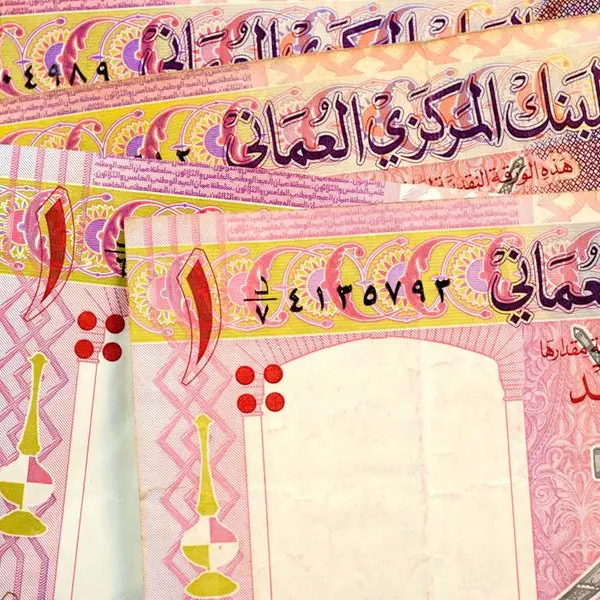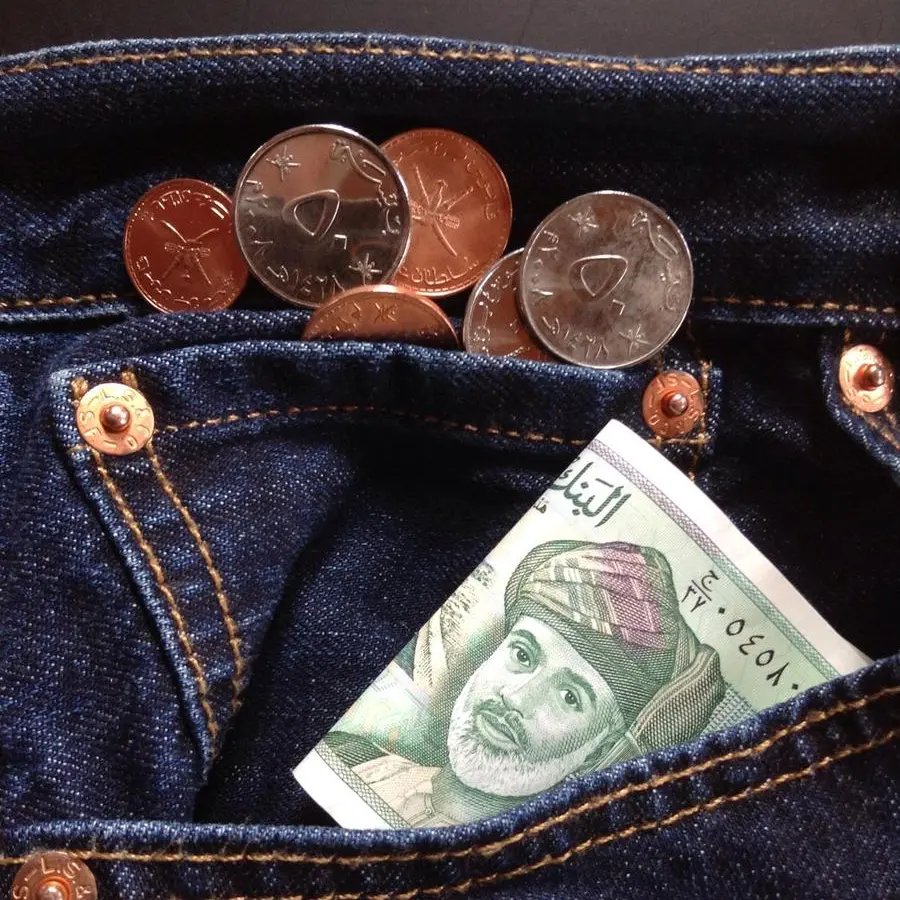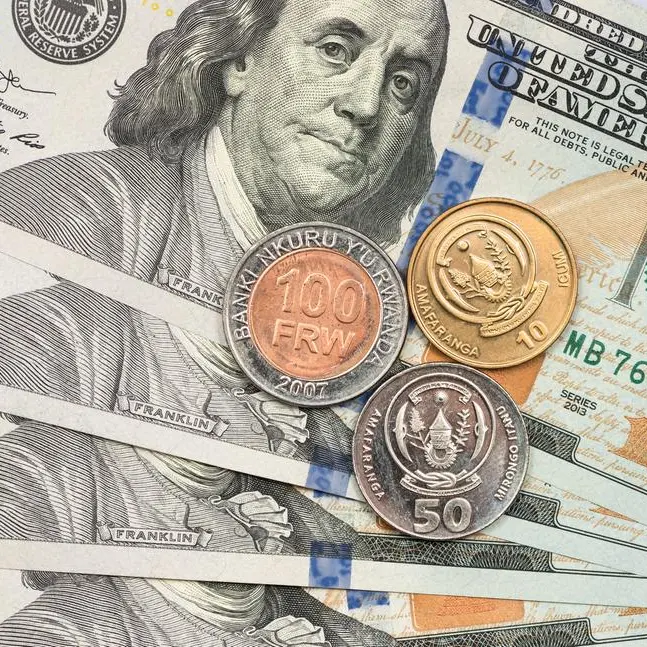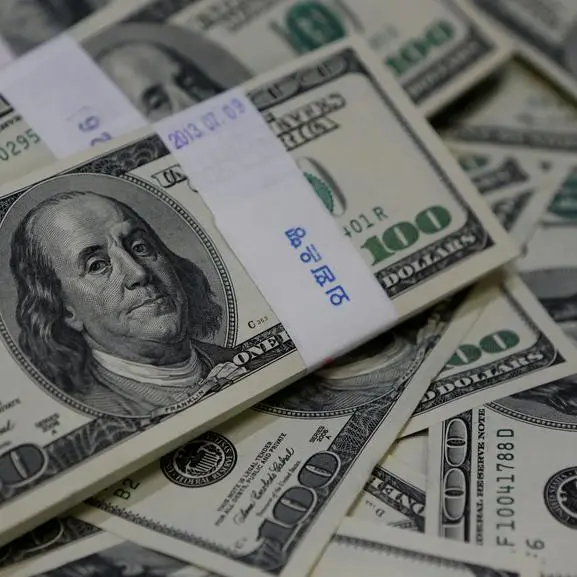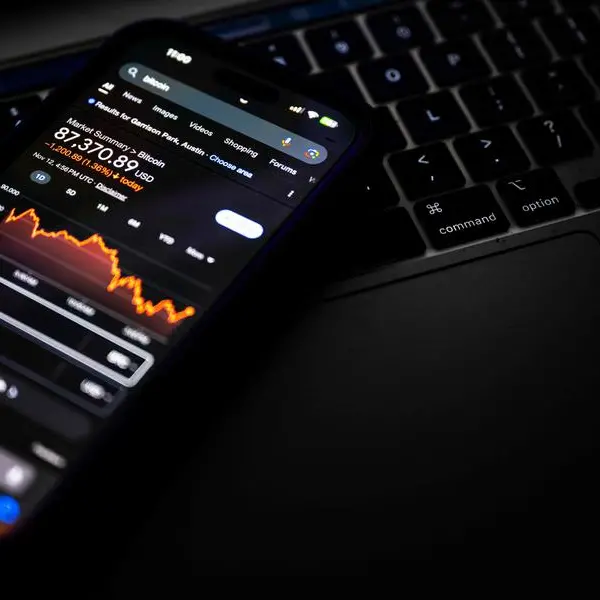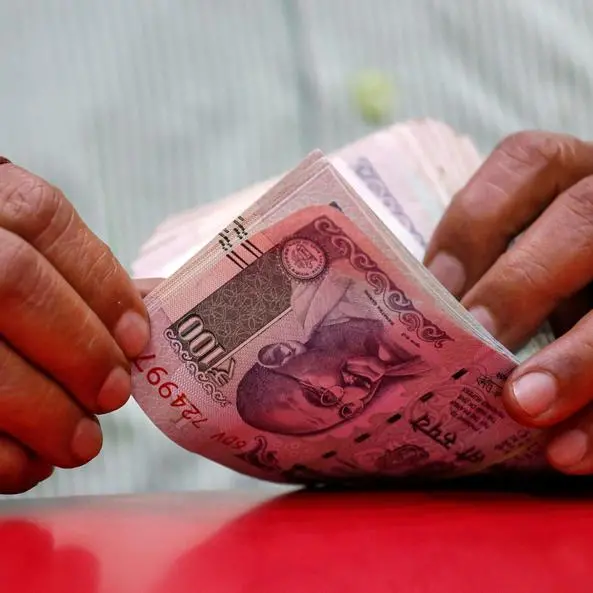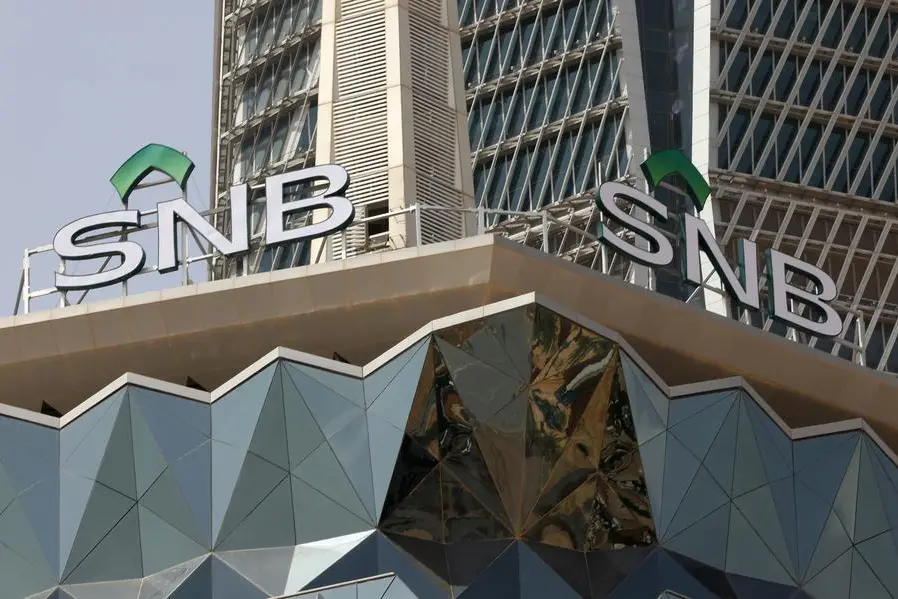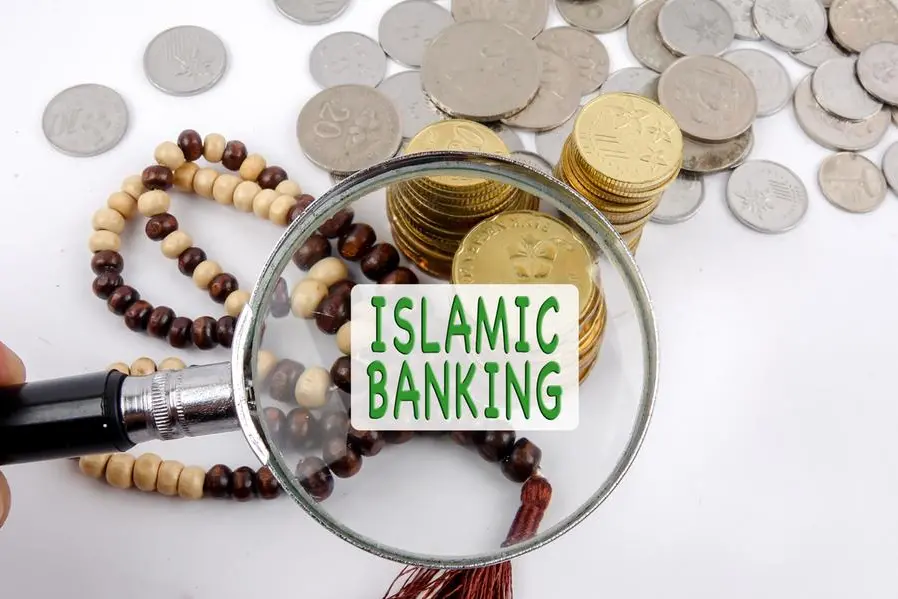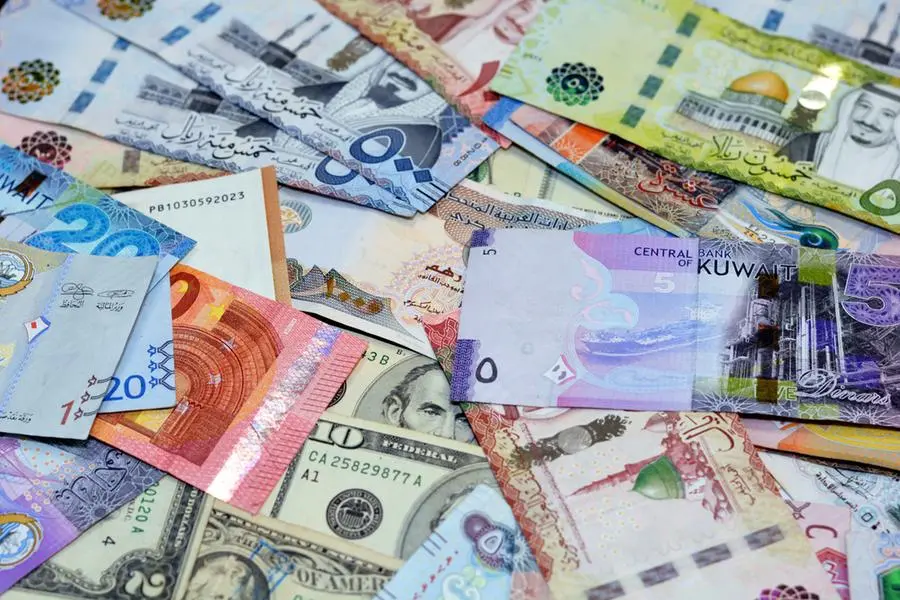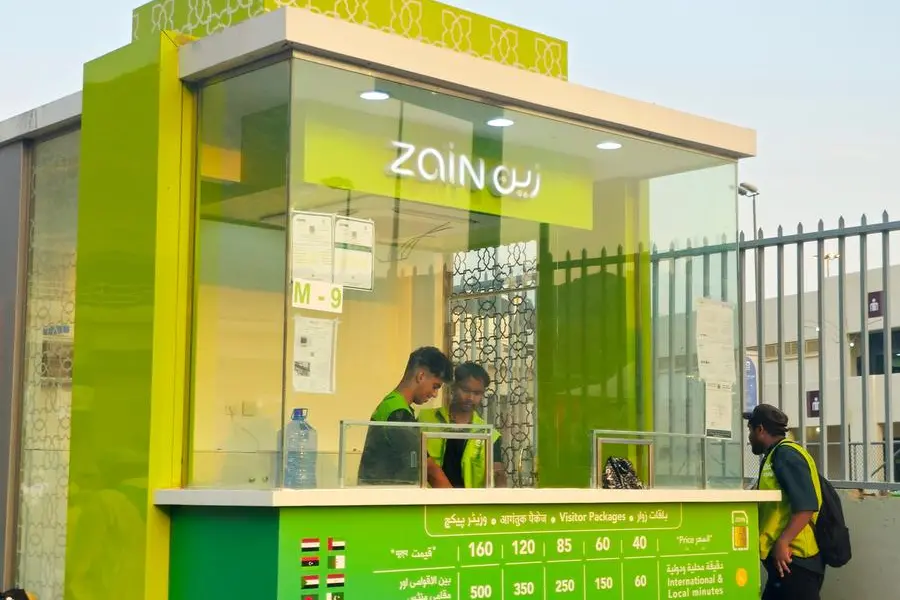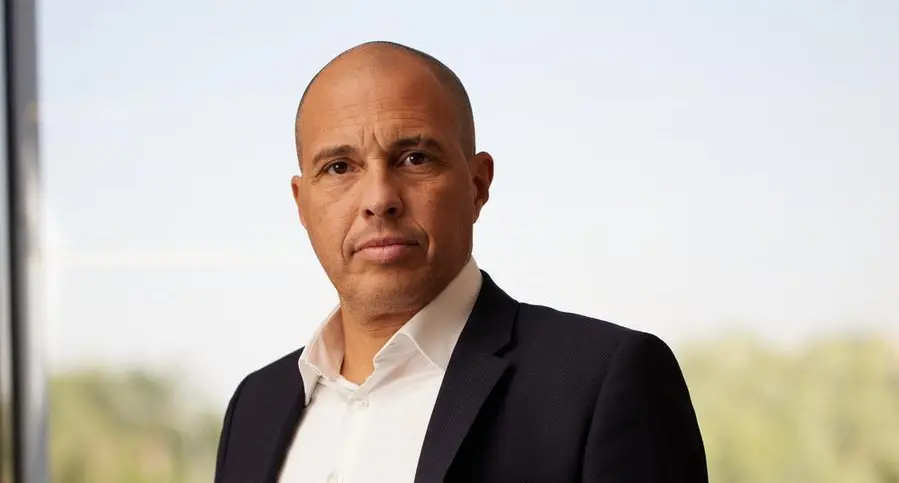PHOTO
Indian rupee. Getty Images
The Indian rupee dropped to an all-time low of 80.12 versus the dollar on Monday, 29 August2022 on bets the Federal Reserve will keep a restrictive stance for long. This is the second month where the currency has attempted to breach the psychologically important level of 80, prompting the Reserve Bank of India to step in. RBI’s intervention did see the rupee appreciate since then, however it remain close to the lows and closed the last session at 79.79 on September 2, 2022.
Since the dirham is pegged to the US dollar, the AED/INR rate also surged to as high as 21.81 before retreating to 21.72. The rupee has depreciated around seven against the dollar this year, making expats who regularly remit money to India or individuals investing in Indian assets curious to know why the rupee has depreciated and what lies ahead. This article will highlight the factors responsible for the strength in the dollar, the fall in the rupee, what lies ahead and how investors can hedge their currency risk.
The dollar index, which tracks the dollar movement against a basket of six, climbed to 109.69, its highest level in 20 years and up by 14 per cent this year.
Firstly, it is essential to understand that the dollar is the world’s premier reserve currency and during times of uncertainty, investors rush into the arms of the haven asset. Ongoing geopolitical tensions, energy crisis in Europe, concerns over slowing global economic growth amid surging inflation, and aggressive rate hikes by the Federal Reserve have all contributed to the Dollar’s strength. To sum it up, higher short-term yields and risk aversion have boosted the Dollar.
The Indian rupee has been adversely affected by surging crude prices, trade deficit, heavy foreign fund outflows from the domestic markets, and strength in the safe-have dollar to a two-decade high. FIIs have pulled out over 30 billion dollars from the Indian equity markets this calendar year.
Nonetheless, the rupee has held up well against the Dollar compared to the performance of other major currencies, including the pound, the euro, and the Japanese yen.
Besides, FII flows have been picking up with August marking the first month on inflows this year as other Asian equities like China lagged. Moreover, India’s preliminary trade deficit for last month came in at $28.7 billion, a marginal pullback from the record $30 billion figure in July. The macroeconomic indicators of the economy are also sound: the most recent reading of industrial growth was 12.3 per cent year over year, marking the 16th consecutive month of surging activity; the PMI for services was 55.5, and both direct and indirect tax collections were substantial. The only primary cause for concern is imported inflation from energy prices. Given its dependency on oil imports, India has limited short-term options other than some local modifications (such as marginal tax cuts), all of which come at a cost.
Both the government and RBI have taken measures to limit the outflow of dollars and encourage foreign fund inflows to curtail domestic currency depreciation. In an apparent effort to stop the devaluation of the rupee, the RBI has sold dollars from its forex fund. The week ending August 26 saw a $3 billion decline in India's foreign exchange reserves, bringing them to $561 billion, the lowest level in 20 months.
The Reserve Bank of India (RBI) issued new liberalised guidelines in July to encourage international investment. In addition, the government increased the import tax on gold. The RBI announced several measures to promote the economy, including raising the overseas borrowing limits for businesses and relaxing the rules for foreign investments in government bonds. Additionally, FPIs have become aggressive shoppers of Indian equities after turning net buyers for the first time in July. This was after massive net outflows for nine straight months since October 2021.
These measures could help curtail the rupee depreciation in the near to short term. However, ultimately, oil prices, global inflation and the pace of fed rate hikes will decide the fate of the Indian currency. According to the CME Fed watch tool, there is a 75 per cent probability that the target Fed funds rate would be four per cent in Feb 2022, which means there could be another a 150bps hike in the next six months. If inflation doesn’t show signs of cooling and the Federal Reserve continues with its aggressive pace, the dollar would get stronger and cause the rupee to weaken. Moreover, in the long-run, Dollar being the world’s reserve currency, generally causes the rupee to depreciate in the long run.
The situation is favourable for ex-pats remitting money to India, provided they plan to retire in India. The depreciation in the rupee makes the repatriated dirhams much more valuable to spend and save. For example, AED10,000 would be worth Rs200,000 in 2021; however, AED10,000 in 2022 would be worth more than Rs215,000, enabling you to spend or save more in India. So, if you plan to retire in India, the depreciating rupee would benefit you, as your income in dirhams would be worth more in rupee terms over the years. In this case, it would make sense for individuals to postpone the repatriation to the future as the rupee generally depreciates against the reserve currency-dollar in the long run.
The situation is, however, unfavourable for ex-pats remitting money to India but who intend to retire in UAE itself. Although investors unquestionably multiply their wealth while investing in Indian markets, their buying power is not increasing at the same rate because of rupee depreciation. Instead, it turns out, Indian investors would have been better off investing in US stocks over the last couple of years. The nifty index is down nearly six per cent from its high; however, if rupee depreciation is considered, the loss is almost 13 per cent.
An Indian ex-pat planning to retire in UAE must diversify the portfolio into dollar-based investments to manage the currency risk. If you invest your long-term savings in one currency (e.g., in INR) and suddenly need to convert it into another currency (UAE dirham) on retirement, in that case, you are loading up a considerable amount of risk that could bite you later. You certainly won't want to discover your hard-earned retirement savings are worth much less because of currency swings, as that could cost you multiple thousands of dollars that you may struggle to recover. Hedging your currency risk or opting for stable currency investments such as the SPX 500, gold, silver, or even real estate options in UAE, for that matter, will allow you to manage your currency risk better.
To sum it up, diversification is the key to giving your portfolio inbuilt safety. There are no sure shots in life, and if your home currency depreciates massively at any point, that will erode the purchasing power of your investment savings. You mustn't put all your eggs in one basket to avoid the same and diversify your investment into assets in stable currencies.
Vijay Valecha is chief investment officer at Century Financial. Views expressed are his own and do not reflect the newspaper’s policy.
Copyright © 2022 Khaleej Times. All Rights Reserved. Provided by SyndiGate Media Inc. (Syndigate.info).
